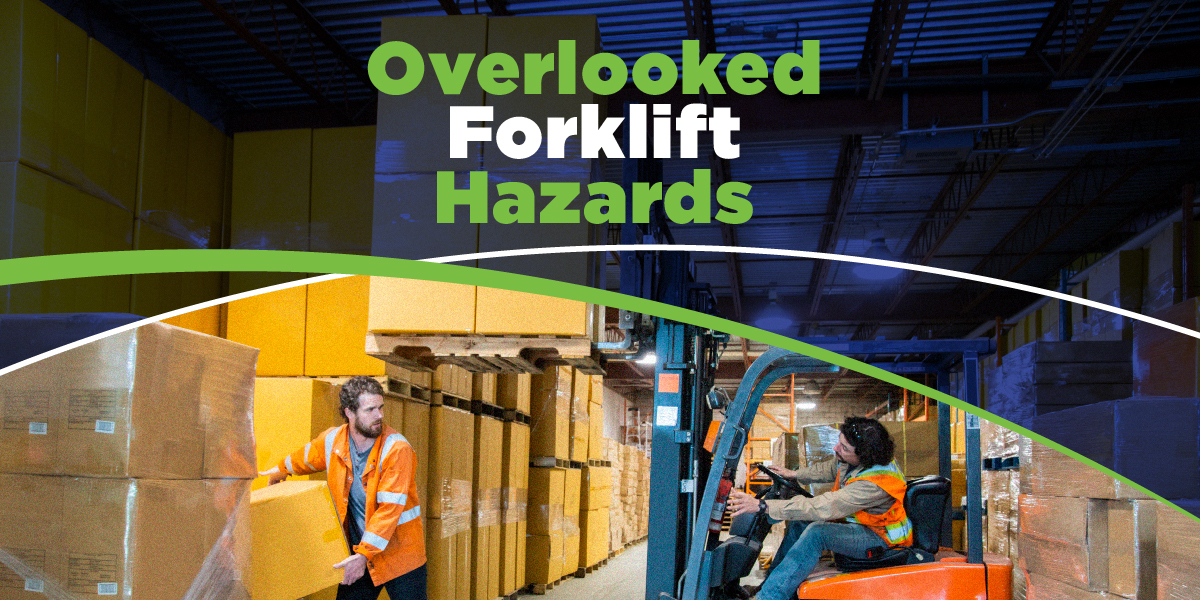In the manufacturing industry, most of us are familiar with forklifts and forklift safety. Anyone who operates a forklift must be trained on operating it safely for both themselves and anyone else in the vicinity. Since forklifts are asked to perform a wide range of crucial tasks for many manufacturers, OSHA has many rules, regulations, and certifications surrounding them, including the hard and fast rule that no one under 18 can operate one.
It’s vital for companies to understand and manage forklift safety due to the extreme risk of serious injuries, fatalities and failed OSHA inspections for those who don’t
You know the OSHA rules about forklifts, and you know generally how to be safe when using one. But there are many underlying and overlooked factors that affect optimal forklift operation and can cause expensive damage at best and safety concerns at worst if they’re not examined and dealt with. Let’s go over a few of the more obscure and overlooked forklift safety hazards:
Operating Environment
The most important environmental feature for forklift operators is the terrain the lift will be driving over. If your forklift environment is strewn with debris, driving over it can cause destabilization and other hazards. Uneven terrain, clean floor or not, will affect the lift’s performance, and you have to be prepared with the right equipment, especially if the lift is meant to travel from one surface to another—going from the loading floor to the materials yard, for example.
In some cases, forklifts meant to go over rough, uneven, or inconsistent terrain require specialized products, such as high-durability tires to operate safely and efficiently. You might find yourself spending too much on tire replacements if you don’t have the right type for your warehouse.
Tires
Speaking of forklift tires, there are three types, each of which works best in specific situations. Pneumatic tires are extremely durable and usually used for heavy lift operations. Rubber tires are cheaper and better used in indoor, relatively even terrains, and polyurethane tires are primarily used for electric forklifts and for handling specialized materials. Make sure your forklift is outfitted with the right tires for its primary job.
Turning Radius
You probably have already tested your forklift’s turning radius and adjusted your operations as a result. Investing in a model with a tighter turning radius can make your maneuvers a little easier and a little safer. Also, the turning radius can diminish if the steering column is damaged or tweaked.
Controls
Unmonitored warnings or cautions appearing on the forklift’s dashboard and control panel can lead to serious damage to the unit. Training your staff on reading these warnings and even performing basic maintenance tasks and repairs can save you money on replacements and professional repairs.
Operators can also form bad habits when using the forklift controls. Make sure everyone understands not only the basics of operating your forklift but also how to use the controls for optimum performance.
Compliance
Being OSHA compliant in forklift operations is just one aspect of OSHA compliance, but is crucial to the safe usage of these machines and in avoiding any regulatory offenses. For more information on how to get and remain OSHA compliant, contact Berg Compliance Solutions or call 512-457-0374 for help.



